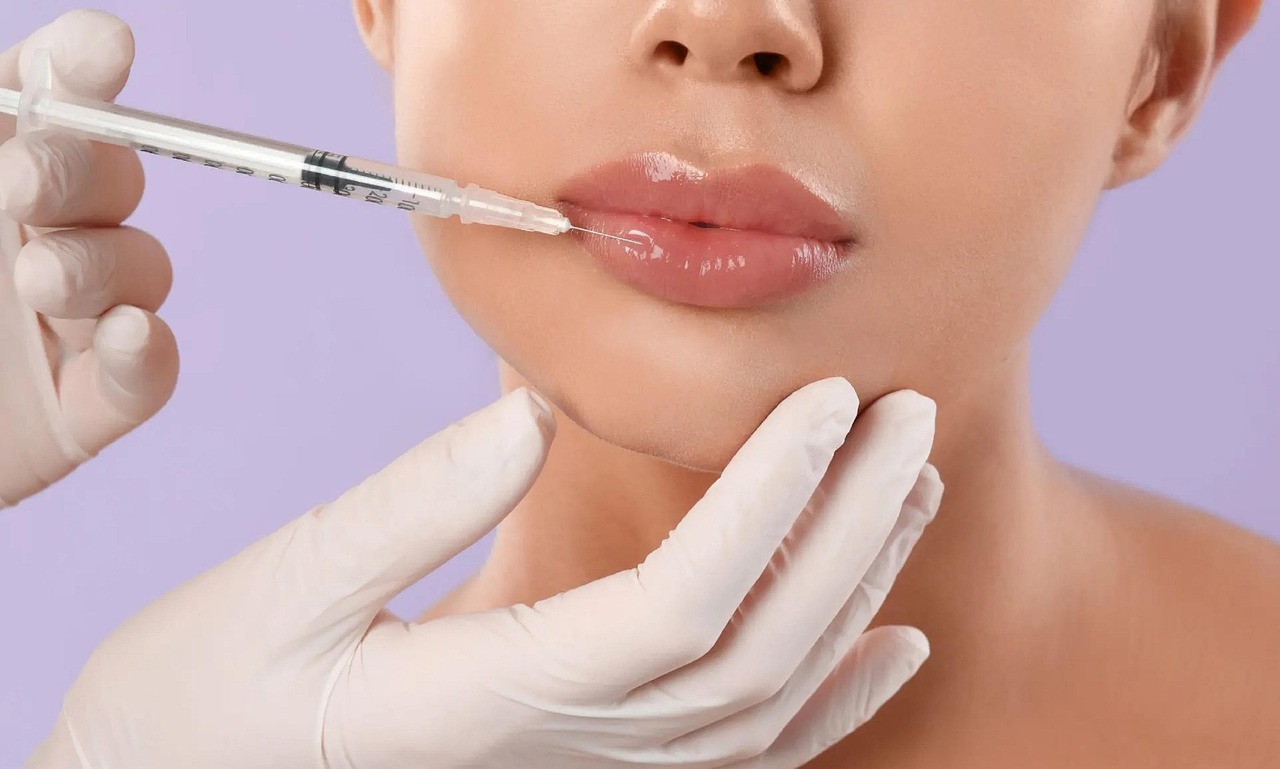Fat Transfer: Reshaping Your Body with Natural Results
Fat transfer, also known as fat grafting or lipofilling, is a revolutionary cosmetic procedure that has gained popularity in recent years. This innovative technique allows plastic surgeons to sculpt and enhance various areas of the body using a patient's own fat cells. By combining the benefits of liposuction and body contouring, fat transfer offers a natural way to achieve desired aesthetic results without the use of artificial implants.

The success of fat transfer lies in the survival rate of the transferred fat cells. Skilled plastic surgeons use advanced techniques to ensure that the highest possible percentage of fat cells survive and integrate into the new location. This process not only removes unwanted fat from problem areas but also provides natural-looking augmentation in desired regions of the body.
What are the benefits of fat transfer compared to other cosmetic procedures?
Fat transfer offers several advantages over traditional cosmetic procedures that use artificial implants or fillers:
-
Natural results: Since the procedure uses the patient’s own fat, the results look and feel more natural than synthetic alternatives.
-
Dual benefits: Patients can slim down problem areas while enhancing others, effectively achieving two aesthetic goals in one procedure.
-
Long-lasting effects: While some of the transferred fat may be reabsorbed by the body, a significant portion can survive long-term, providing lasting results.
-
Reduced risk of allergic reactions: Using the patient’s own tissue minimizes the risk of rejection or allergic reactions associated with foreign materials.
-
Versatility: Fat transfer can be used to address a wide range of aesthetic concerns, from facial rejuvenation to body contouring.
Which areas of the body can be enhanced with fat transfer?
Fat transfer is a versatile procedure that can be used to enhance various areas of the body:
-
Face: Restoring volume to hollow cheeks, smoothing out wrinkles, and plumping lips.
-
Breasts: Increasing breast size or correcting asymmetry without the use of implants.
-
Buttocks: Enhancing shape and volume for a more curvaceous silhouette (Brazilian Butt Lift).
-
Hands: Rejuvenating aging hands by adding volume and reducing the appearance of veins and tendons.
-
Hips and thighs: Creating a more balanced and proportionate figure.
-
Calves: Enhancing muscle definition and addressing asymmetry.
What is the recovery process like after a fat transfer procedure?
The recovery process following a fat transfer procedure varies depending on the areas treated and the extent of the surgery. However, patients can generally expect:
-
Swelling and bruising: Both donor and recipient sites may experience swelling and bruising, which typically subsides within a few weeks.
-
Compression garments: Patients are often required to wear compression garments to help reduce swelling and support the newly contoured areas.
-
Limited activity: Most patients can return to light activities within a week, but strenuous exercise should be avoided for several weeks.
-
Gradual results: While some improvements are visible immediately, final results may take several months to fully develop as the transferred fat settles and integrates.
-
Follow-up appointments: Regular check-ups with the plastic surgeon are essential to monitor healing and ensure optimal results.
Are there any risks or complications associated with fat transfer?
As with any surgical procedure, fat transfer carries some risks and potential complications:
-
Fat reabsorption: A portion of the transferred fat may be reabsorbed by the body, potentially affecting the final results.
-
Infection: Although rare, there is a risk of infection at both the donor and recipient sites.
-
Contour irregularities: Uneven fat distribution or overcorrection can lead to lumps or asymmetry.
-
Embolism: In extremely rare cases, fat particles may enter the bloodstream, potentially causing serious complications.
-
Scarring: While incisions are typically small, there is a minimal risk of visible scarring.
It’s crucial for patients to choose a board-certified plastic surgeon with extensive experience in fat transfer procedures to minimize these risks and achieve the best possible outcomes.
Fat transfer has revolutionized the field of cosmetic surgery by offering a natural alternative to traditional implants and fillers. By harnessing the body’s own resources, this innovative procedure allows patients to achieve their desired aesthetic goals with long-lasting, natural-looking results. As with any cosmetic procedure, thorough research and consultation with a qualified plastic surgeon are essential to determine if fat transfer is the right choice for individual needs and expectations.
This article is for informational purposes only and should not be considered medical advice. Please consult a qualified healthcare professional for personalized guidance and treatment.






